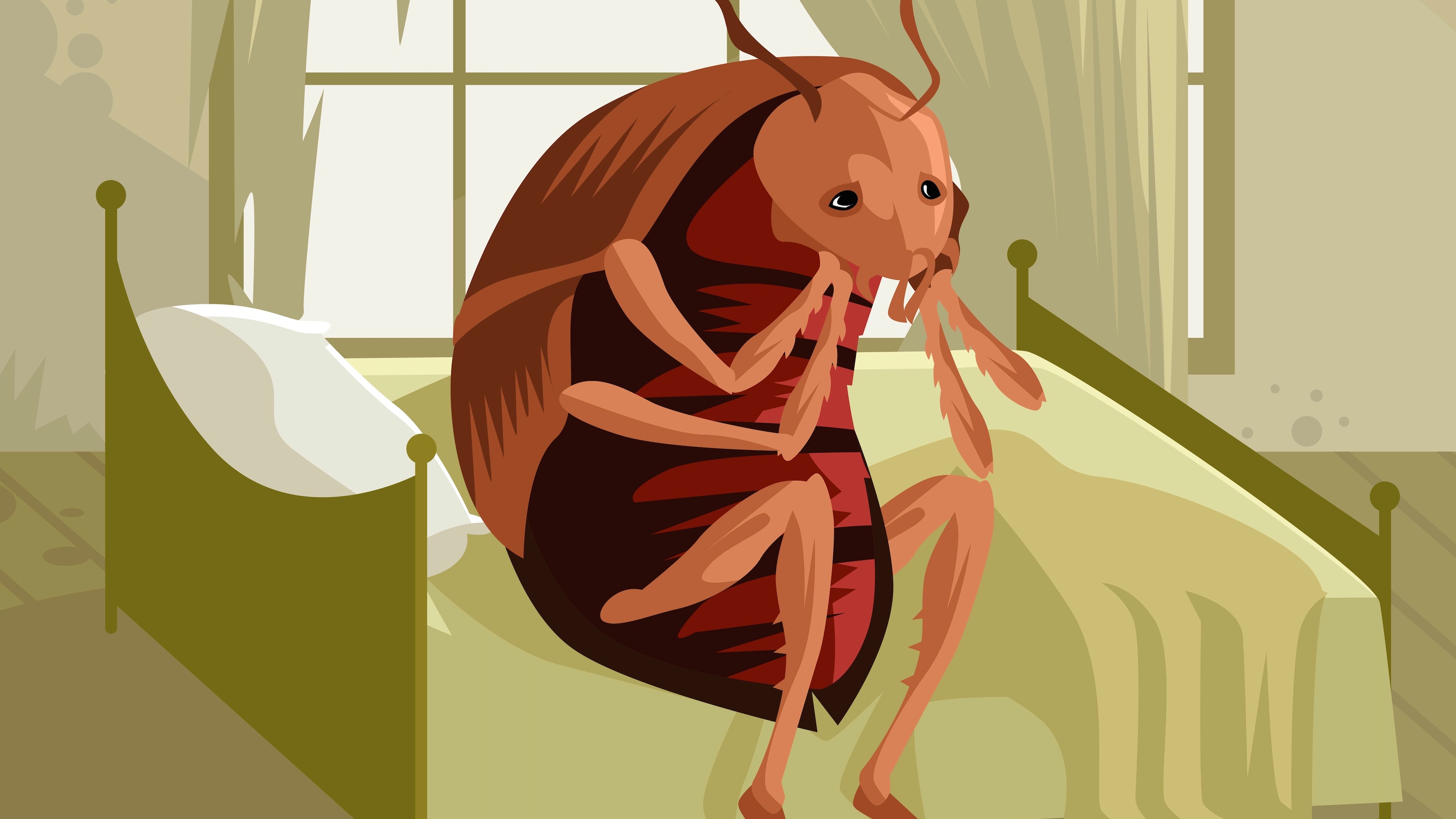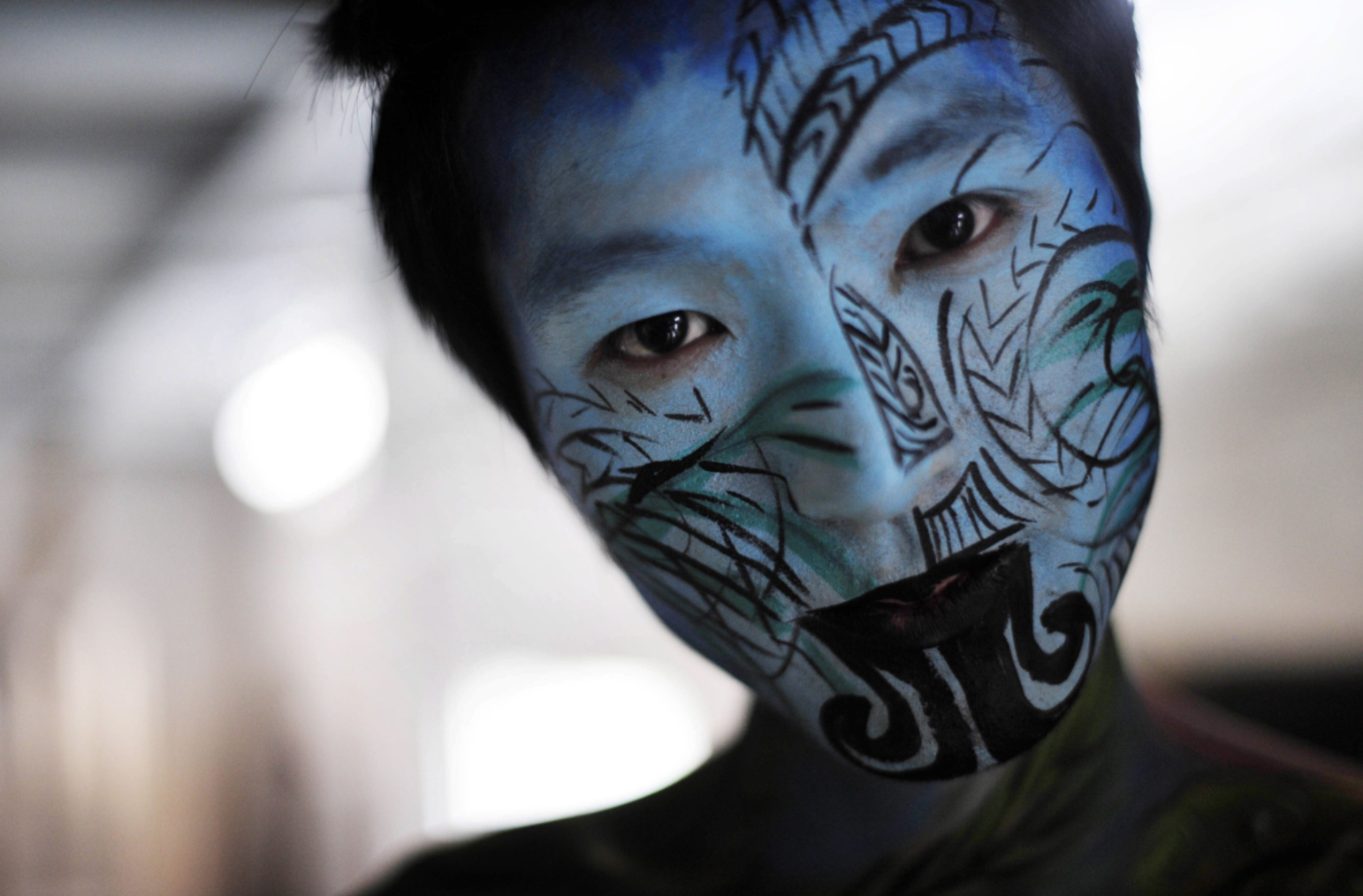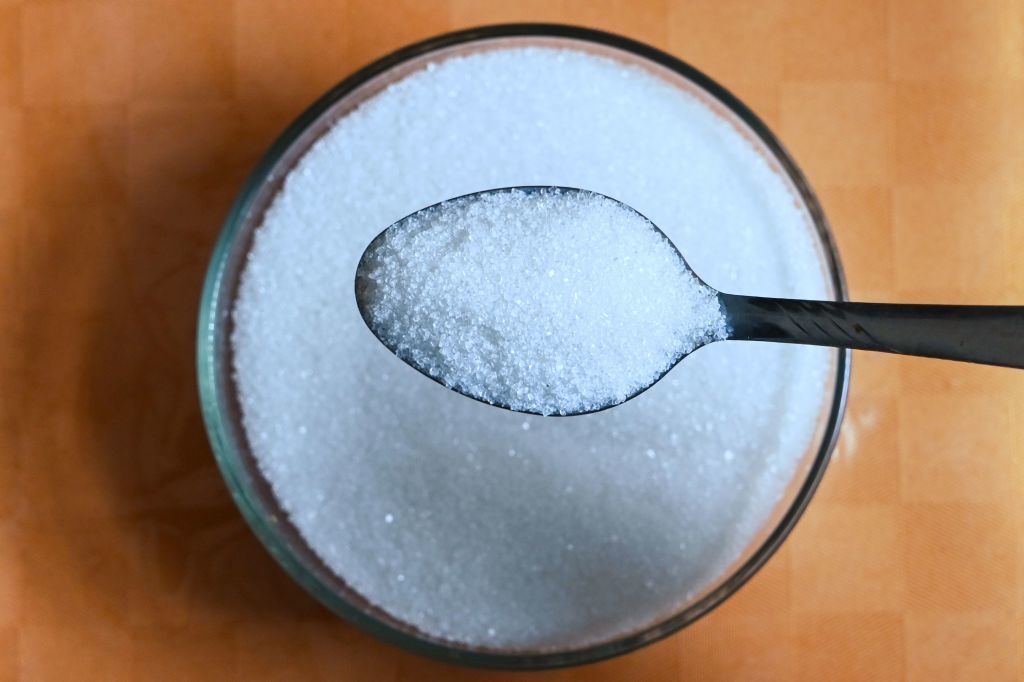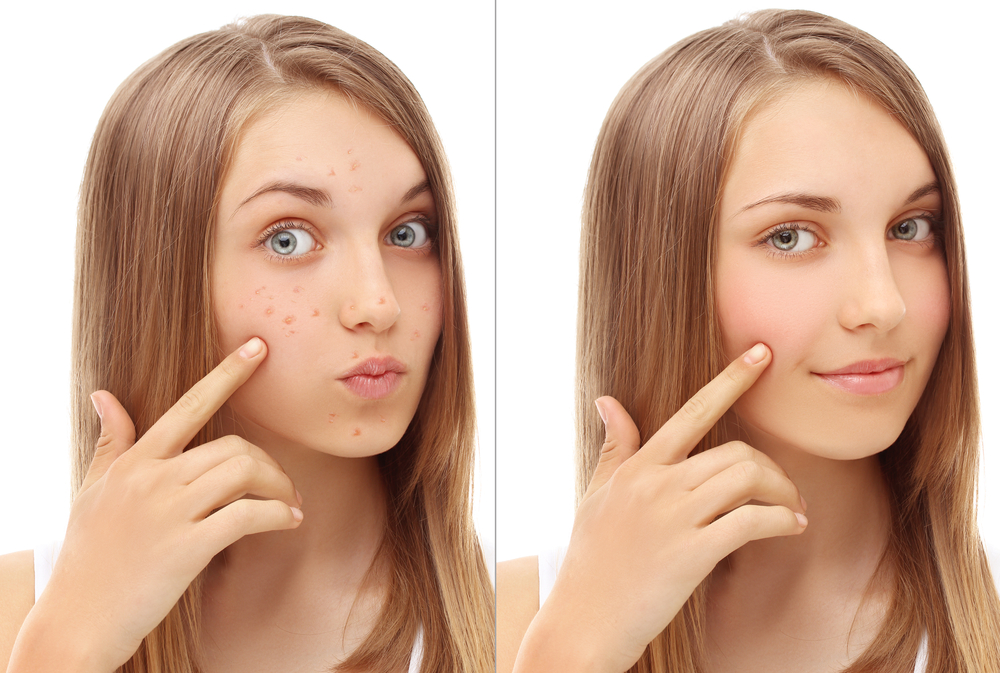Acne is a “disease of Western civilization.” Is overwashing to blame?
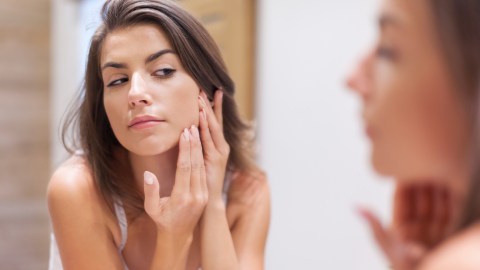
- While acne affects half of people over age 25 in modern societies, it’s basically nonexistent in non-industrialized societies.
- This disparity isn’t due to genetics. Something about living in Western, modernized societies predisposes people to acne. Diet, stress, excessive hygiene, and lack of exercise could all play a role.
- Though we still don’t know exactly why modern society predisposes its citizens to acne, one thing we can say with some certainty is that acne’s prevalence is rapidly increasing, rising about 48% since 1990.
In the Western world, it’s rare to find someone who hasn’t faced a bout of acne at least once. Regardless of race, everyone seems to succumb to this unsightly skin condition, which occurs when hair follicles become plugged with oil and dead skin cells. At 80% to 90% prevalence among adolescents living in modernized countries, acne is basically a rite of passage. It persists for about half of people over age 25.
But fascinatingly, researchers have discovered that acne is essentially nonexistent among non-industrialized communities. The Kitavan people living on the Trobriand Islands near Papua New Guinea, the Aché hunter-gatherers of Paraguay, the Okinawans prior to the colonization of their island during World War II, the Inuit before becoming more Westernized, and many others have no pimples, whiteheads, or blackheads — not even on the faces of hormone-filled teenagers.
This isn’t simply due to genetics, either. When individuals from these cultures move to the U.S., Europe, Australia, industrialized parts of Asia, or pretty much anywhere where modernization has taken hold, they get acne just as much as the rest of us. This implies that a few, or many, facets of modern society predispose people to pimples. So what are these factors?
Pimple factors
For the acne sufferers out there, a simple answer would certainly be convenient, but unfortunately there isn’t one. Science hasn’t pinpointed one overriding cause. Comparing how we live with how acne-free cultures live can yield insights, however.
- Our diets are much different. Particularly, acne-free peoples tend to consume far fewer refined carbohydrates and simple sugars that spike insulin levels and are devoid of fiber. Although when studies have been pooled and analyzed together, there really isn’t a clear signal linking any aspect of diet to acne.
- We exercise less. Regular physical activity can lower stress, reduce inflammation, and increase blood flow to the skin, all of which can reduce acne. But again, studies haven’t revealed a clear link between exercise and acne.
- We are exposed to less sunlight. Humans obtain much of our Vitamin D from sunlight. The vitamin may speed wound healing and lower inflammation. A 2016 study found that people with acne are more than twice as likely to suffer from Vitamin D deficiency as people without acne.
- We are more stressed out. The relentless grind of modern life may exact a toll on our skin by messing with hormone levels and diminishing the immune response.
- We shower too much. Maybe all the hygiene products we apply and the excessive scrubbing we do throw the skin microbiome out of balance? If left to its own devices, our skin might take care of itself just fine, although probably with more pungency.
- We tend to be exposed to more air pollution. Exposure to nitrous dioxide and other air pollutants may exacerbate inflammatory acne.
Though we still don’t know exactly why modern society predisposes its citizens to acne, one thing we can say with some certainty is that acne’s prevalence is rapidly increasing. Last year, researchers noted a global rise of about 48% since 1990, with the burden “most pronounced in Western Europe and high-income countries in Asia Pacific and East Asia”.
